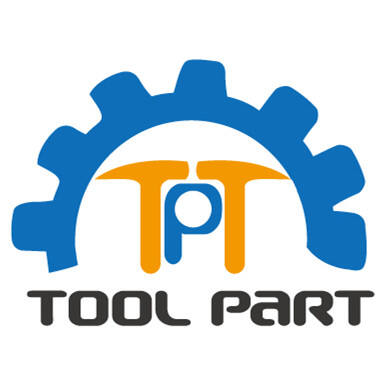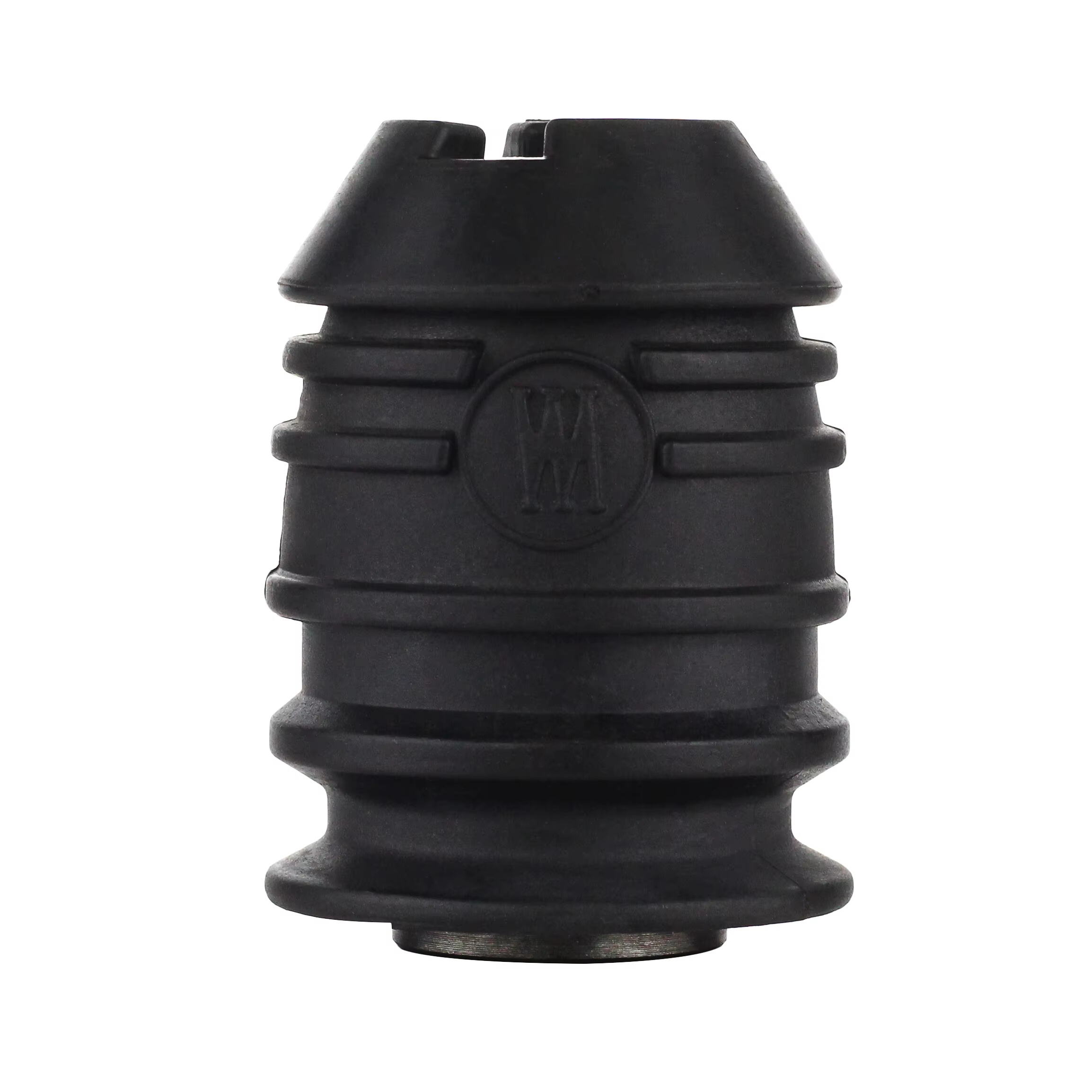Introduction to Drill Chuck Adapter IssuesÂ
What Are Drill Chuck Adapters?
Drill chuck adapters really matter when it comes to drilling because they connect different drill systems together and help tools work better. Basically, these little parts let people switch between all sorts of drill bits with their power drills or even some kinds of presses. That makes them super useful whether someone works in a factory or just fixes things around the house now and then. The market offers several kinds of drill chuck adapters too. There's the old fashioned ones that need a special key to tighten, the newer keyless versions that twist right on, and those SDS models designed specifically for hammer drills. Each type works best for certain jobs so knowing which one fits what job matters quite a bit. Without good adapters, holes end up crooked or damaged materials get ruined during drilling operations across wood, metal, plastic whatever surface needs boring through.
Why Do Problems Occur Over Time?
Drill chuck adapters don't last forever, especially when put through the wringer. Regular use, exposure to tough environments, and mishandling all take their toll on these components over time. Studies show that how often someone uses an adapter and where it gets used makes a big difference in how long it lasts. Those working in dusty workshops or industrial settings will find their adapters wearing out faster than folks who keep things clean and controlled. The numbers back this up too many people forget basic maintenance routines, which speeds up the breakdown process. That's why checking adapters regularly and handling them right matters so much for getting maximum use out of them. Knowing what causes damage helps workshop managers avoid unexpected failures and costly replacements down the road.
Loose or Wobbly Drill Chuck Adapter
Causes: Improper Installation or Worn Parts
Drill chuck adapters tend to become loose or wobbly mainly because of two things wrong installation and parts that just get too old. When someone doesn't secure these adapters properly during setup, it creates all sorts of problems down the line stability issues and poor performance at best. And let's face it, most adapters simply wear out with regular use. The metal components degrade, springs weaken, and those tiny little teeth inside start to round off after years of gripping bits. This means they cant hold onto drill bits as tightly anymore, which leads to annoying wobble and vibration while working on projects. Tool repair specialists will tell anyone who asks that getting this right from day one makes all the difference. Taking five extra minutes to check alignment and torque specs when installing a new adapter saves hours of frustration later on.
Fix: Re-Tighten or Replace Worn Components
Fixing a loose drill chuck adapter involves either re-tightening it or replacing worn components. Here's a step-by-step guide to securely re-tighten your adapter:
- Power off and unplug your drill.
- Use a wrench to loosen and then firmly tighten each component.
- Inspect parts for visible wear and tear.
When parts show visible wear or damage, they need to be replaced without delay. Watch out for telltale signs like when drill bits start slipping in their holders or when there's strange vibration coming from the tool during operation these are clear indicators it's time for new components. Getting good quality replacements matters a lot here, along with having the right tools on hand precision screwdrivers definitely count among those essentials. Putting off part replacements can lead to all sorts of problems down the road. Not only does it affect how accurately drills perform, but it also creates serious safety risks that nobody wants to deal with.
Stuck Drill Bits in the Adapter
Causes: Debris, Rust, or Overtightening
When drill bits get stuck in their adapters, debris buildup is usually to blame. Bits of metal and tiny shavings tend to collect inside the chuck area over time, forming a sort of blockage that makes it hard to insert or take out the bit smoothly. Rust is also a common problem. The inside of the adapter needs to stay nice and smooth for everything to work right, but rust just ruins that surface. And don't forget about overtightening either. Sometimes people crank down too hard on the chuck, which actually makes things worse because the bit gets jammed against whatever debris or rust is already there. Knowing what typically causes these issues helps a lot when trying to figure out why a drill bit won't budge.
Fix: Lubrication and Gentle Removal Techniques
When drill bits get stuck, lubrication works wonders most of the time. Spritz some WD-40 or regular machine oil around where the bit meets the chuck. This cuts down on friction so the bit comes out much smoother than trying to force it. For actually getting it unstuck, grab some pliers or those special extraction tools meant for this exact situation. Be gentle though, nobody wants to damage either the chuck or the bit while working on freeing it up. Before starting anything else, make sure the power drill is completely turned off and unplugged from the wall socket. Accidents happen when people forget basic safety steps. Following through with these methods keeps everything working properly for longer periods between replacements.
Preventive Cleaning Routines
Keeping up with regular cleaning helps stop dirt from building up and keeps drill chuck adapters working properly. For best results, grab some good quality degreaser stuff and work it into those nooks where grime likes to hide. This gets rid of sticky residue that might mess with how things function. Don't forget about old fashioned tools too brush away stubborn bits and blast out dust with compressed air works wonders sometimes. And while we're on the subject, don't skip checking for signs of rust every now and then. A quick coat of protective spray goes a long way toward making sure these parts last longer than they otherwise would. All this maintenance isn't just busy work it actually makes a real difference in how well everything runs day after day.
Adapter Not Fitting the Drill
Causes: Incompatible Size or Type
Getting the right fit between drill chuck adapters and actual drills matters a lot if we want to prevent the headache of tools that just won't stay put. The marketplace offers various sizes and styles of these adapters, made for different jobs around the workshop. Most folks run into trouble when they grab an adapter that's either too big for their drill chuck or simply doesn't work with how fast or strong their particular drill operates. We see this happen all the time - someone tries to force a bigger adapter onto a smaller chuck, or picks one that can't handle the power settings of their machine. People who have gone through this mess usually stress about getting the measurements right because even small mismatches cause real problems down the line, from poor results to damaged equipment.
Fix: Match Adapter to Drill Specifications
Before trying to fit an adapter, checking what kind of drill we're dealing with makes all the difference. Things like how big the chuck is, what speed the drill runs at, and what sort of job needs doing will point us toward the right adapter choice. Most tool makers actually give pretty good advice about which adapters work best with their drills, so following those guidelines helps prevent headaches down the road. Standard chuck sizes around 3/8 inch and half inch tend to work with lots of regular adapters, though nobody hurts by flipping through the drill manual or specs sheet just to double check. Getting this right means better performance overall and keeps our tools working longer without unnecessary wear and tear.
How to Verify Compatibility
Checking if adapters work well with different drills saves money and keeps expensive gear from getting damaged. Most manufacturers provide handy templates or charts that show what combinations actually work together. People who know their stuff in the field always talk about how important these checks are because when something doesn't fit right, things just don't run as smoothly and breakdowns happen more often. Taking the time to make sure everything matches up properly means protecting all that money spent on drilling equipment while keeping operations running without unnecessary interruptions. Companies that build this into their regular workflow tend to find they spend less time fixing problems and more time getting actual work done.
Signs of Wear and Tear in Drill Chuck Adapters
Identifying Degraded Components
Knowing when parts of a drill chuck adapter start to break down matters a lot for getting good results and staying safe while working. Start looking around for obvious signs something's wrong like cracks showing up, rust spots forming, or if the whole thing feels wobbly when turned. Most people notice problems when bits won't stay secure anymore or they spot those tiny hairline fractures developing. The truth is, these adapters don't last forever especially when put through their paces constantly. Some research shows that running them at really high speeds wears them out much faster than normal. That's why checking them regularly makes sense. Catching small issues before they become big headaches saves money in the long run and keeps tools working properly for longer periods between replacements.
Preventive Maintenance Tips
Regular maintenance on drill chuck adapters makes all the difference when it comes to getting them to last longer and catching problems before they get bad. For most shops, checking and cleaning these adapters once a month works well, particularly when drills see regular action throughout the week. A simple soft brush along with some gentle soap will usually remove built up grime that starts messing with how things work properly. After giving them a good clean, applying some lubricant goes a long way toward cutting down on friction which wears components out faster over time. Some folks swear by specific brands of chuck lubricant claiming better results against wear and tear. Sticking to a basic maintenance routine keeps everything running smoothly and saves money in the long run since worn out parts mean either expensive fixes or having to buy new equipment altogether.
When to Replace vs. Repair
Deciding whether to replace or fix a drill chuck adapter really comes down to looking at what makes sense financially and how well it actually works. When an adapter starts showing serious problems like constant slipping or big cracks, most folks just swap it out because trying to fix those issues isn't worth the risk or hassle. For smaller issues though, things like surface rust or minor cracks often get fixed instead since repairs usually cost less money upfront. Most experienced technicians suggest keeping track of how long adapters last before they need attention. Under normal conditions, expect around three to five years of service life. Look at how much downtime the worn part causes versus what fixing or replacing would cost. Making this kind of judgment call helps keep operations running smoothly without unnecessary spending.
FAQ
- What types of drill chuck adapters are available? There are several types like keyed, keyless, and SDS adapters, each serving different purposes.
- How can I fix a loose or wobbly drill chuck adapter? You can either re-tighten the adapter or replace worn components to restore stability.
- How do I deal with stuck drill bits? Applying lubrication and using gentle removal techniques can resolve this issue effectively.
- How do I prevent adapter fitting issues with drills? Always match the adapter specifications with the drill's parameters to avoid any compatibility issues.
- When should I replace my drill chuck adapter? Replacement is advisable when significant wear such as deep cracks or persistent slipping occurs.

